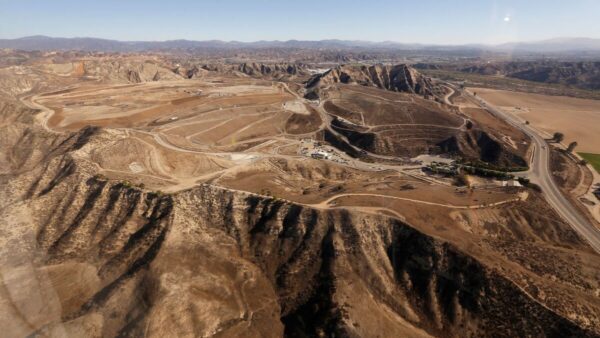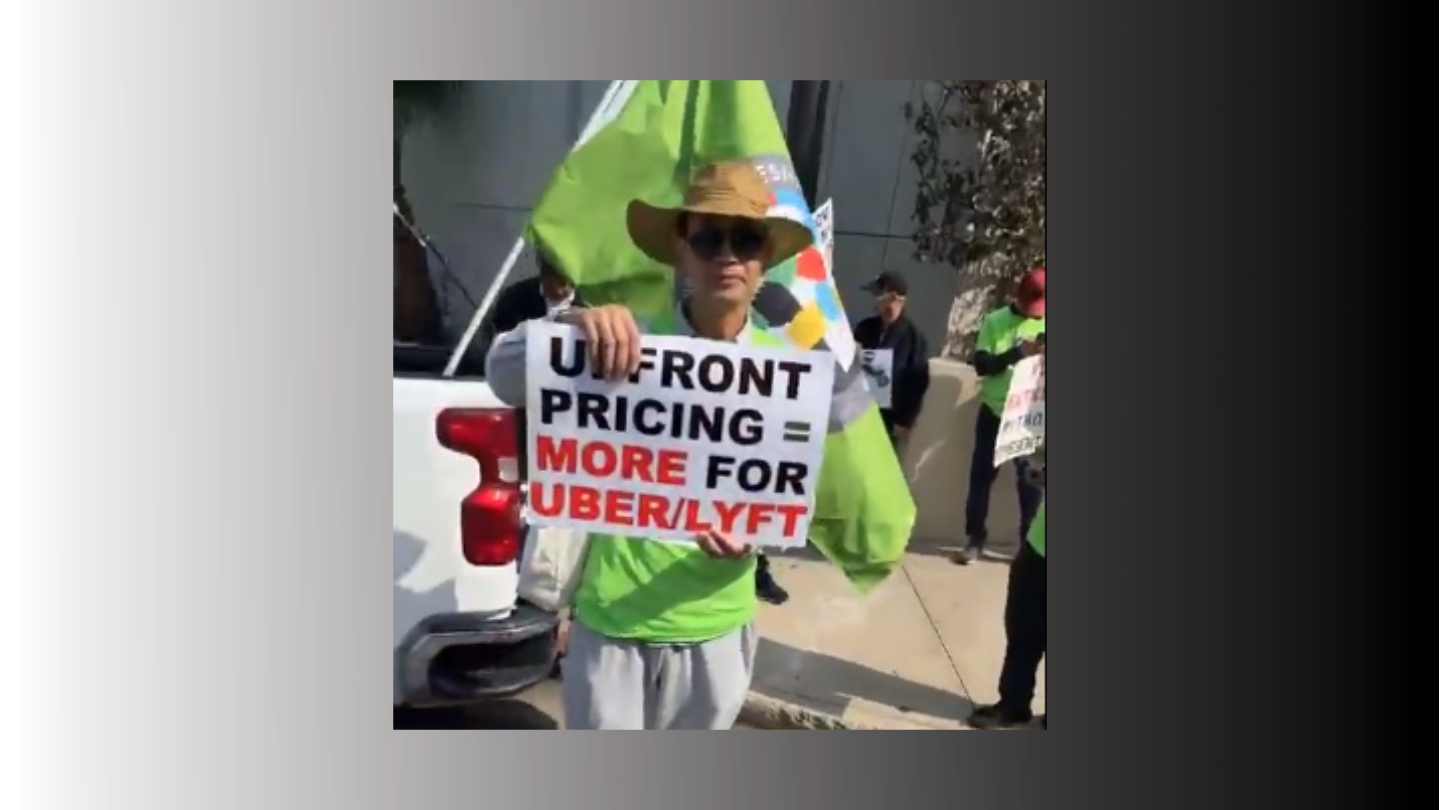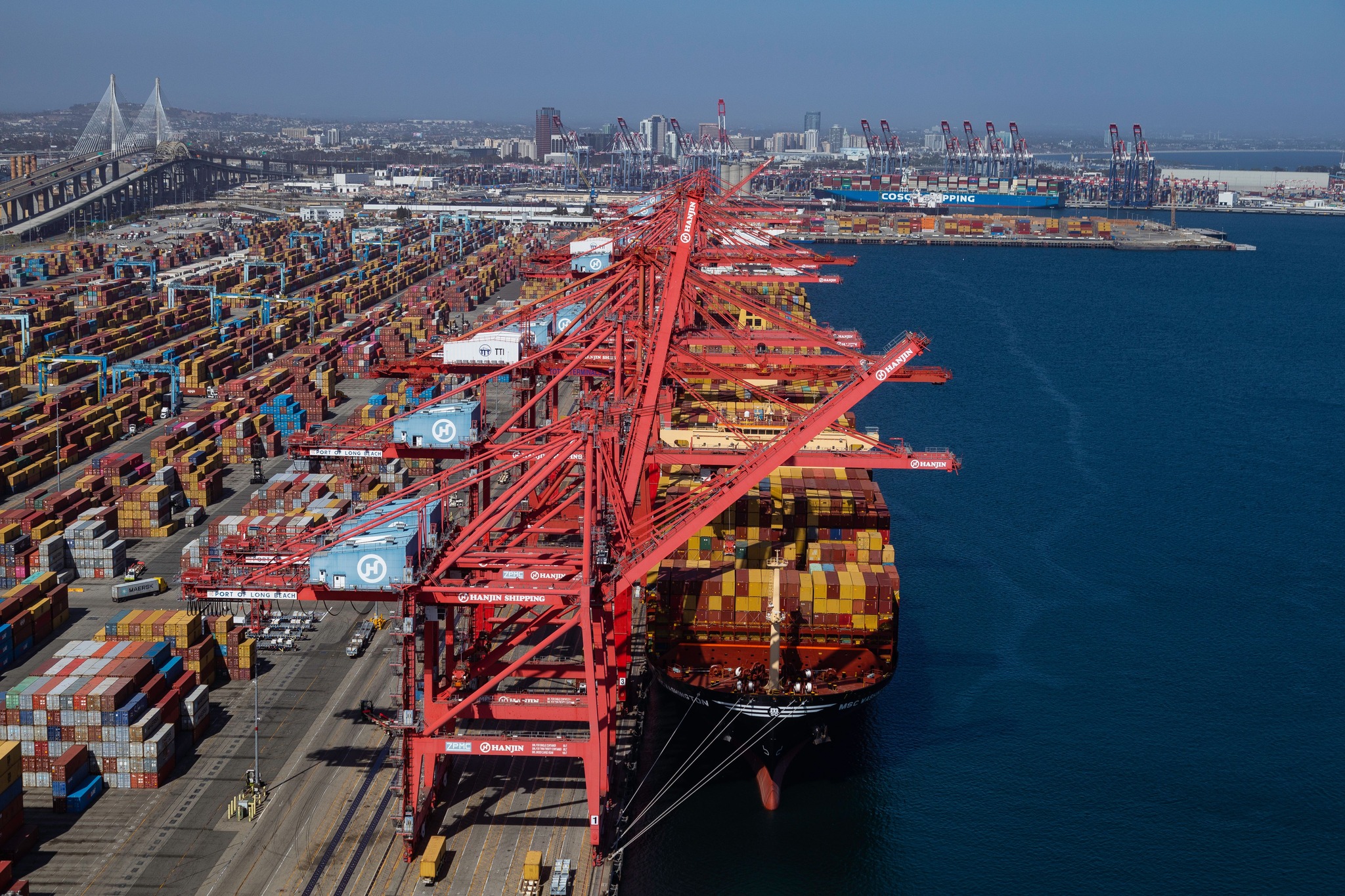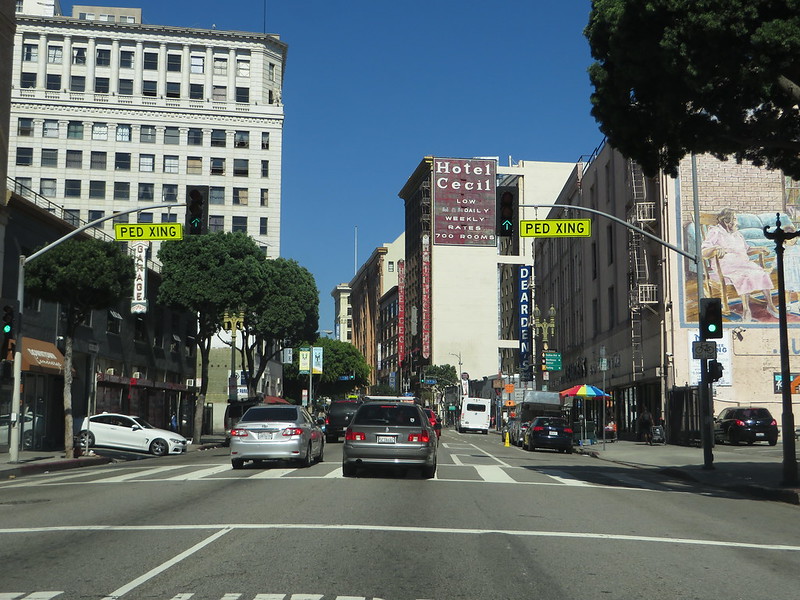The Los Angeles City Council adopted an ordinance Tuesday that will allow the city to move forward with a delivery option for a project intended to support a water treatment facility in the San Fernando Valley.
Council members voted 12-0 to authorize L.A. Sanitation and Environment to use a quicker delivery process for design plans and a cost estimate. Council members Kevin de León, Monica Rodriguez and Traci Park were absent during the vote.
As part of the city’s long-term goals of increasing local water supplies and resiliency, LASAN is leading the development of an Advanced Water Purification Facility project — which is currently in the design phase.
The purification facility would be located at the Donald C. Tillman Water Reclamation Plant in the Sepulveda Basin. The plant receives average daily flows of 55 million gallons per day from approximately 300,000 residents and businesses from the east San Fernando Valley.
The project is intended to supply purified recycled water to replenish the San Fernando Groundwater Basin.
In efforts to support the purification facility, the city is looking to design and construct a Primary Equalization Basin, a type of reservoir or storage structure that helps regulate the flow rate through a wastewater treatment system.
In September 2023, council members Imelda Padilla and Bob Blumenfield introduced a motion calling for a quicker delivery process for the Tillman plant’s Primary Equalization Basin.
The City Charter permits contracts to be submitted pursuant to a competitive sealed proposal method, but it requires an ordinance adopted by at least two-thirds of the City Council. It also allows for the use of design- build or other appropriate project delivery systems when justified by the type of project and approved by the contracting authority.
The City Council previously permitted LASAN to utilize the “progressive design build” project delivery method to design and construct the purification facility.
Padilla and Blumenfield are looking to do the same with this second project, where much of the performance risk is shifted to the project developer, according to the motion.
“PDB is the preferred project delivery method when an owner is seeking to minimize time and cost, and improve outcomes through direct involvement in the design process; such involvement in the design process by a project developer is particularly important when a project requires very precise performance requirements,” the motion reads.
The Primary Equalization Basin project is needed because the purification facility requires a constant and stable flow in order to produce high quality recycled water suitable for indirect potable reuse.
Flows in the city’s wastewater conveyance system vary between daytime and nighttime. Peak daytime flow can exceed up to 80 million gallons per day, and nighttime low flow can dip down to 20 million gallons per day.
A flow equalization basin would allow the water treatment plant to provide a stable flow between 23 million to 30 million gallons per day to the future purification facility.







